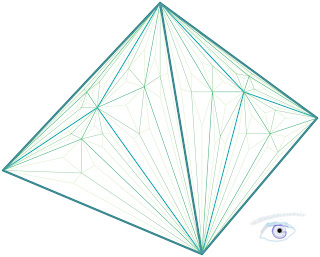New draft: Information in Science and Buddhist Philosophy: Towards a non-Materialistic Worldview
My first philosophical text in years, comments welcome. Information theory has been developed for seventy years with technological applications that have transformed our societies. The increasing ability to store, transmit, and process information is having a revolutionary impact in most disciplines. The goal of this work is to compare the formal approach to information with Buddhist philosophy. Considering both approaches as compatible and complementary, I argue that information theory can improve our understanding of Buddhist philosophy and vice versa. The resulting synthesis leads to a worldview based on information that overcomes limitations of the currently dominating physics-based worldview. Gershenson, Carlos, Information in Science and Buddhist Philosophy: Towards a non-Materialistic Worldview (October 4, 2018). https://ssrn.com/abstract=3261381



